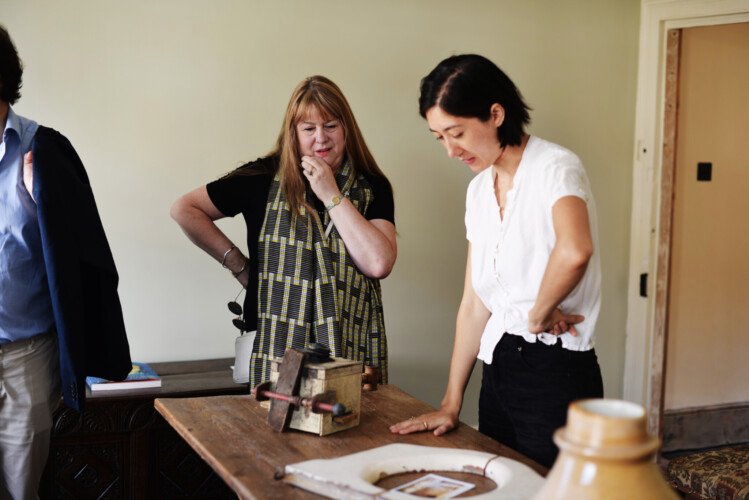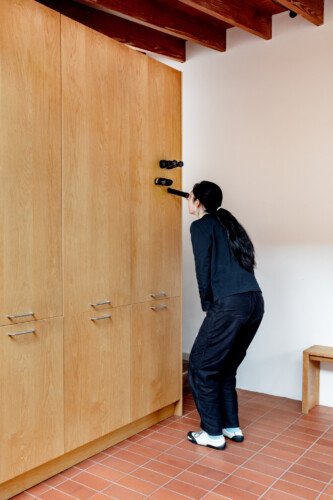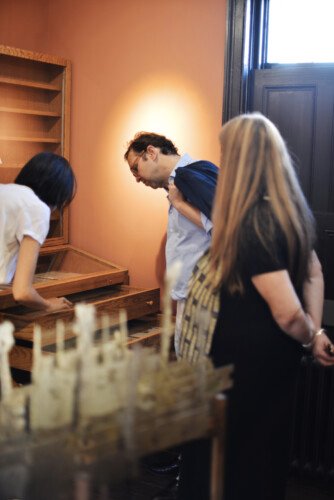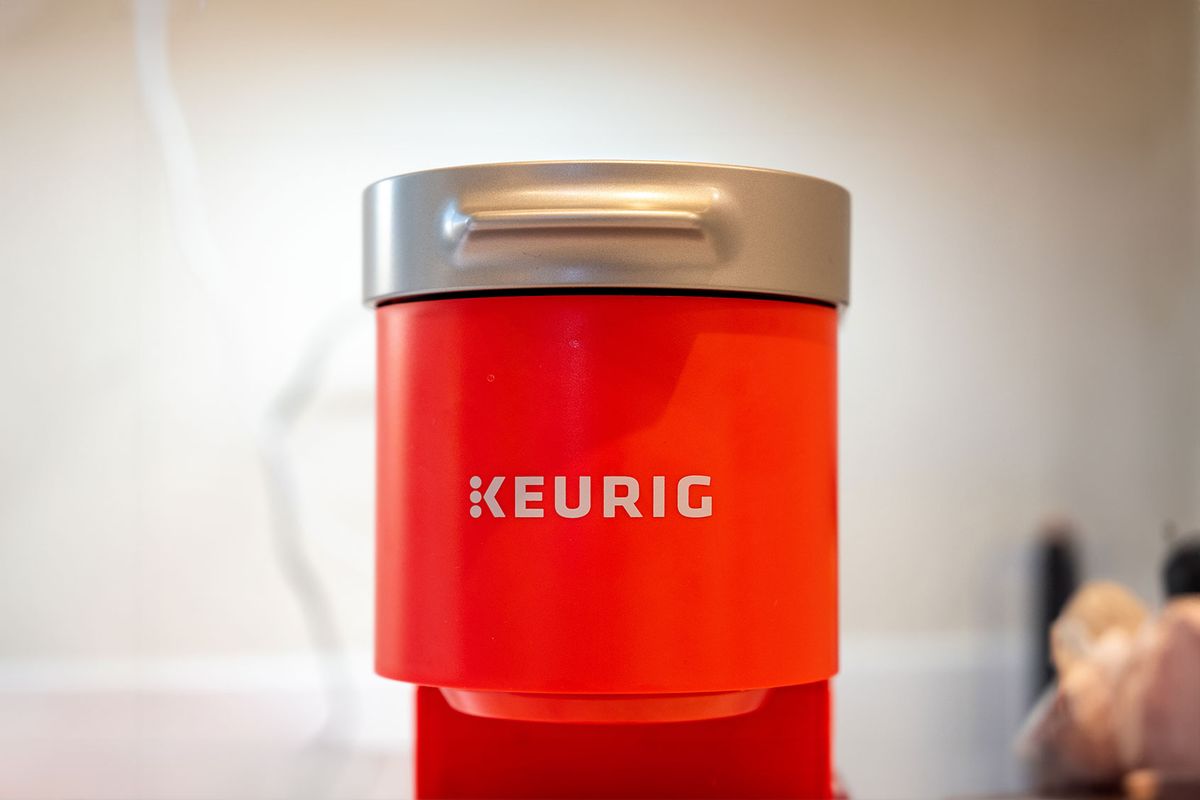Van Gogh House has many stories to share, and many exhibitions to show.
Otherwise known as 87 Hackford Road, the end-of-terrace house is a privately owned Grade II listed Georgian building in Stockwell.
It gains its name from its most famous tenant, the painter Vincent Van Gogh, who lived there aged 20 for a single year from 1873 to 1874 while he worked as an art dealer in Covent Garden.
Van Gogh’s year in Brixton might have been lost to history, were it not for the efforts, 100 years later, of 46-year-old Stockwell postman Paul Chalcroft, determined to pinpoint the address through his extensive research.
The house was bought unseen at auction for £575,000 by James Wang, a Chinese violinist, businessman and art enthusiast in 2012.
A seven-year restoration project completed in 2019 has established 87 Hackford Road as a new centre of contemporary art, busy with detail including 200 artefacts found during its conservation of the building.
The house is open for guided tours on the last Saturday and Sunday of each month, live-in residencies which take place across the spring and summer and an annual exhibition and events programme in the Autumn.

Until December 15, the venue’s latest exhibition, Cycles, will showcase new work in response to the house, its existing spaces and objects, by three female artists Clara Hastrup, Vibeke Mascini and Inés Cámara Leret.
The trio have spent time in the house across this year to develop their works around natural and mechanical processes – electrical currents, cleaning routines, ecological and weather cycles and the chain reactions that are generated.
During a residency in the Van Gogh House, Inés Cámara Leret has continued her research into landscapes.
Using paper derived from pine trees as well as pine sap, smells and oils, Ms Leret has created a series of sculptural works including a handwoven paper picnic blanket.
Elsewhere in Cycles you will find Ms Hastrup’s absurd and nonsensical arrangements from everyday materials.

She has created a system linking the outdoors with the house interior.
Live measurements of the wind speed and direction feed into the house from the chimney connecting to microcontrollers indoors.
The analogue signals are digitally programmed to determine the playback speed of a video displayed on a TV and the direction of a tea cup in its saucer via a hidden motor.
As the wind increases, the story speeds up and the cup follows the change in direction – from North to South, or East to West.
Through Ms Mascini’s residency in the Van Gogh House, she investigates the building as a centre for artists past and present.

Ms Mascini worked with the electrician involved in the house’s renovation to trace the current and previous wiring layouts of the home through drawings.
She then installed binoculars and opera viewers into the walls to expose the otherwise hidden electricity metre, inviting visitors to look beyond the surface.
Her work presents the idea that the building is composed of interconnected, delicately balanced conditions – vulnerable to changing circumstances.
Events and exhibition tickets are available to purchase via this link.
Pictured top: Inside Van Gough House, guided tours (Picture: Van Gogh House)





















Discussion about this post